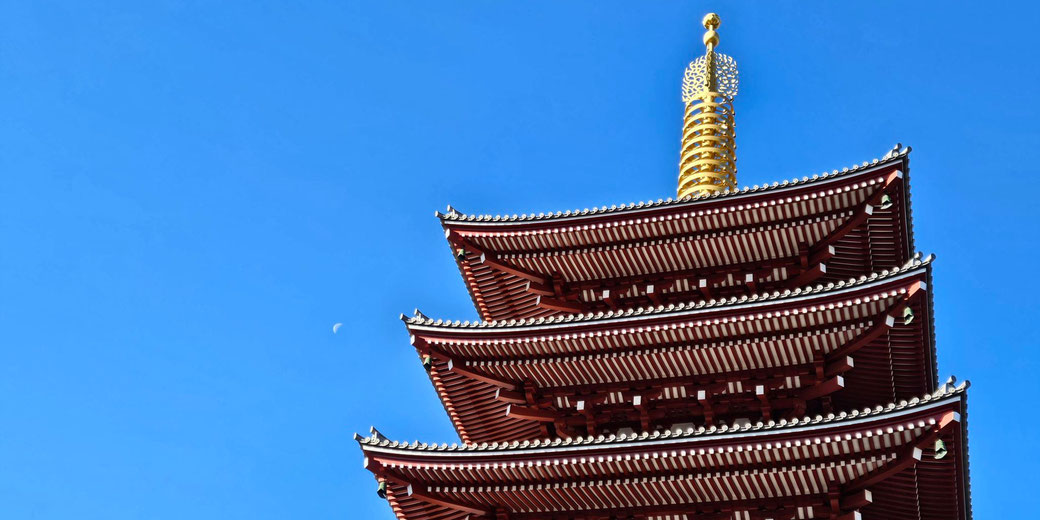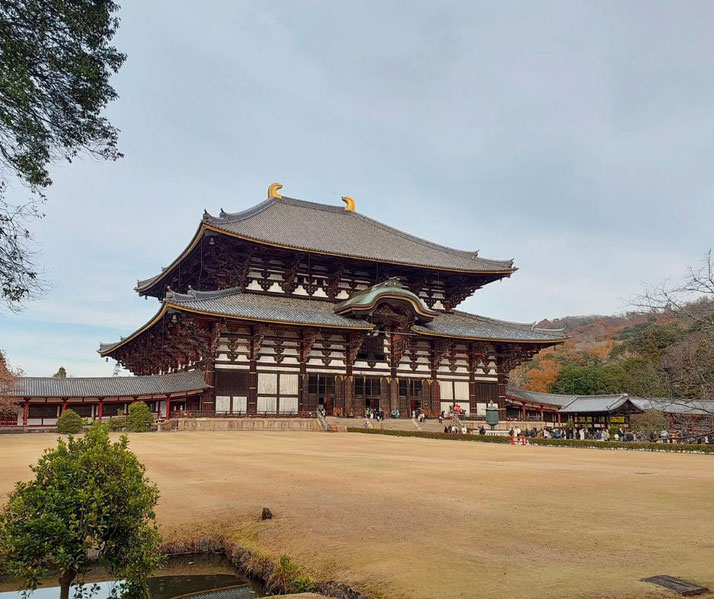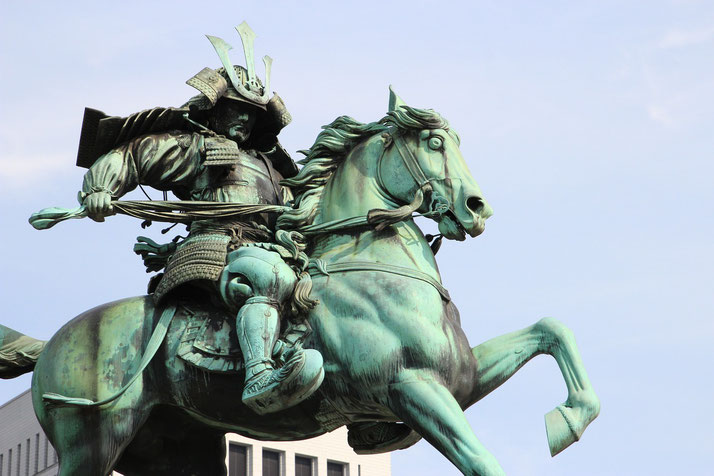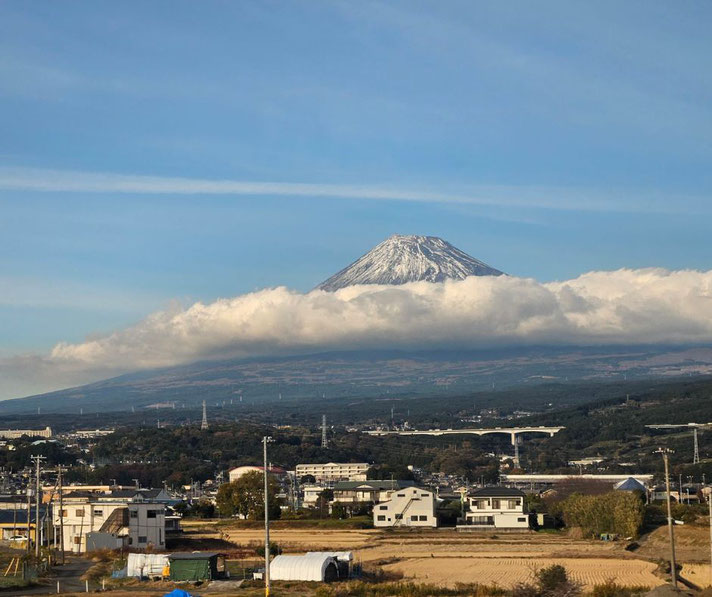An introduction to early Japanese history

Much of Japan's history before the 6th century AD is shrouded in mystery, with few written records available to provide specific details.
During the 3rd to 6th centuries AD, Japan gradually developed a centralized system of power.
Early history shrouded in mystery
Most historians begin the discussion of Japan's imperial system from the year AD 710, when the Japanese emperor established the first permanent capital city in Nara.
The city and its buildings were set out using Chinese models, so it is clear that there had been some significant contact between the two civilizations.
The first Japanese histories were also written at this time. They were known as Kojiki and Nihon Shoki. However, they contain more legend than real history.
They did become important though, because within them, it is claimed that the Japanese emperor was descended from the gods.
Around this time as well, Buddhism became increasingly popular. This religious system was also introduced via China and was not native to Japan.
However, Buddhist monasteries featured prominently in the new capital city. It was feared that Buddhist monks would begin to exert too much control over the emperor, so the capital was moved to Heian-kyō, modern-day Kyoto, in 794.
This began the Heian period of Japanese history.

Heian Period
At the new capital city, the emperor came under the control of the powerful Fujiwara clan.
The size of their land ownership meant that they could use their wealth to influence the imperial court.
They also used strategic marriages with the imperial family to position their family members in important government roles.
The Fujiwara enjoyed the height of their success under Fujiwara Michinaga around 1016, who effectively ordered the emperor to do his bidding.
However, after Michinaga's death, the clan's power decreased. One effect of their loss of control is that civil conflict broke out between the other clans.
Around this time, other landowners hired soldiers, known as samurai, to protect their farms and houses from lawless bandits.
Over the next few centuries, the samurai would grow into their own distinct social class who had a powerful impact on Japanese society.
When Emperor Go-Sanjo reasserted the emperor's supreme authority in 1068, Fujiwara's influence was finally ended.
Eighteen years later, Go-Sanjo abdicated the imperial throne so that he could manipulate politics in more subtle ways.
This system of control was called the 'Cloistered government' or 'Insei'. Subsequent emperors adopted Go-Sanjo's model until 1156 when the warlord, Taira Kiyomori from the Taira clan, seized power.

End of the Heian Period
This began a new period where a powerful clan controlled the Japanese emperor. But this time, it was the Taira clan.
A second clan, the Minamoto family, initially allied with the Taira to expand military control over more of Japan than ever before.
The Taira clan's most famous leader was called Taira Kiyomori, who dominated the imperial court between 1168 and 1178.
As a result of his dominance, the Taira's former allies, the Minamoto, fought against them.
After the death of Kiyomori, the two clans fought each other in the Genpei War (1180 to 1185), where atrocities were committed by both sides.
A gifted military leader named Minamoto Yoritomo became a decisive factor in the war and led his clan to final victory over the Taira.
Yoritomo then became the supreme military leader of Japan by defeating all other rivals. He was able to use his new power to manipulate the emperor himself.
As a result, the emperor gave him a new title to designate his new powers: shogun, which means 'supreme military commander'.
Yoritomo set up a new Japanese capital city at Kamakura, which began the Kamakura shogunate.
Kamakura Period
The Kamakura period (1185-1333) marked a significant change in Japanese history, as the shogunate system became the dominant political structure in the country.
The emperor's power was largely symbolic, with the shogun and his military government controlling the country.
The Kamakura period is known for the rise of the samurai class, the spread of Zen Buddhism, and the establishment of feudalism in Japan.
This period lasted until the fall of the Kamakura shogunate in 1333, which led to the brief restoration of imperial rule during the Kemmu Restoration and ultimately the establishment of the Ashikaga shogunate in 1336.

What do you need help with?
Download ready-to-use digital learning resources
Copyright © History Skills 2014-2025.
Contact via email
With the exception of links to external sites, some historical sources and extracts from specific publications, all content on this website is copyrighted by History Skills. This content may not be copied, republished or redistributed without written permission from the website creator. Please use the Contact page to obtain relevant permission.





